Spherical nucleic acids show promise as a targeted and effective immunotherapy for patients with metastatic prostate cancer.
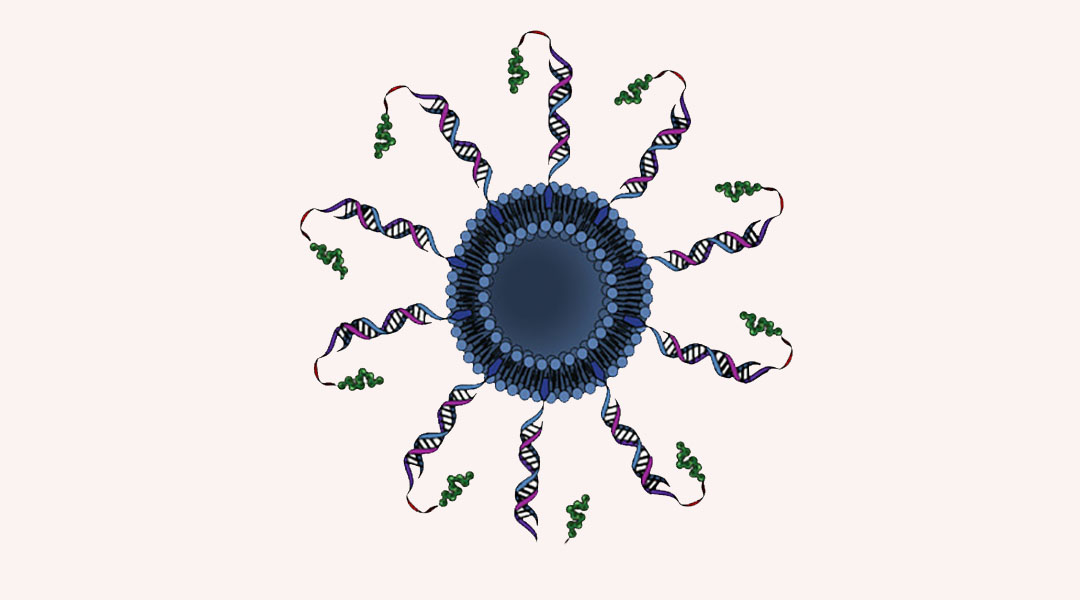

Spherical nucleic acids show promise as a targeted and effective immunotherapy for patients with metastatic prostate cancer.

Plant virus nanoparticles home in on the lungs to help prevent the spread of cancer.
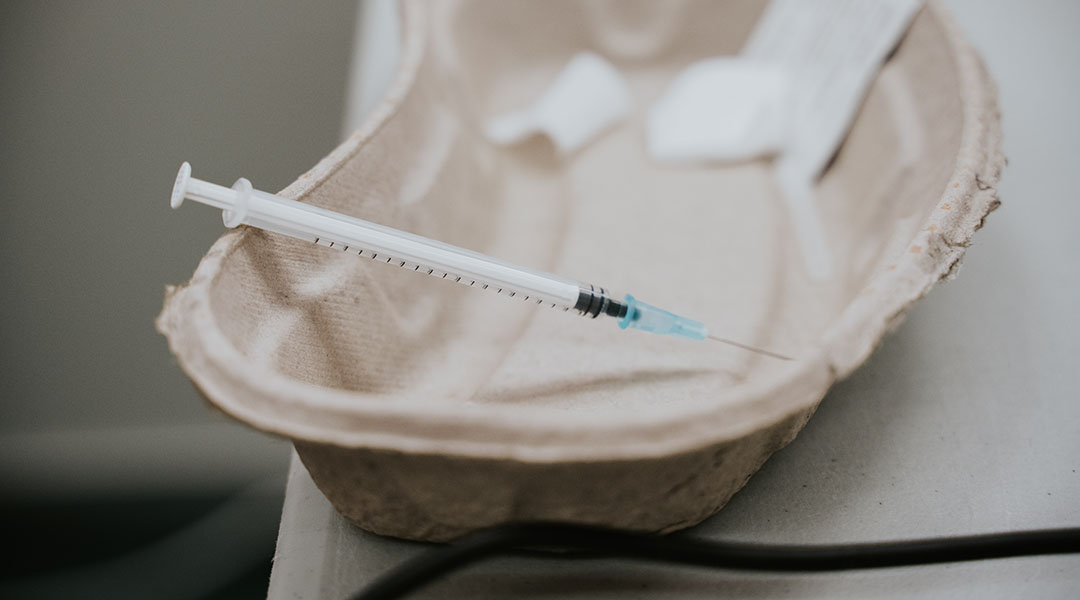
An expert review finds that booster shots for the general population are not yet necessary since vaccine efficacy against severe COVID-19 remains high.

Brownmillerite, found in natural mineral deposits, could help disinfect water in resource-poor regions.
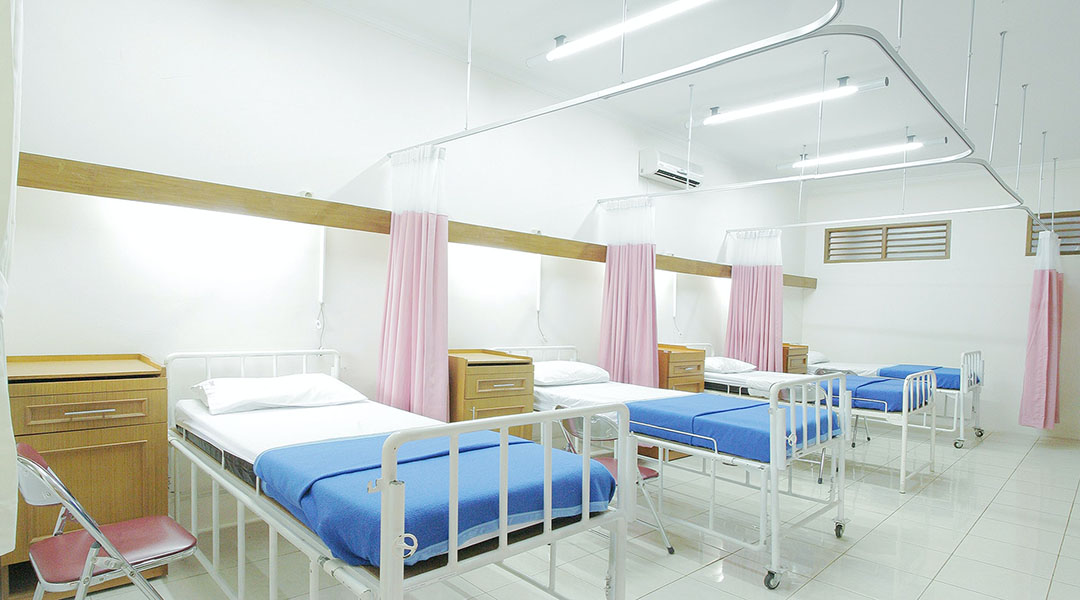
By simplifying the production steps needed to treat surfaces with antibacterial films, scientists hope they can become more widely adopted in clinical settings and beyond.
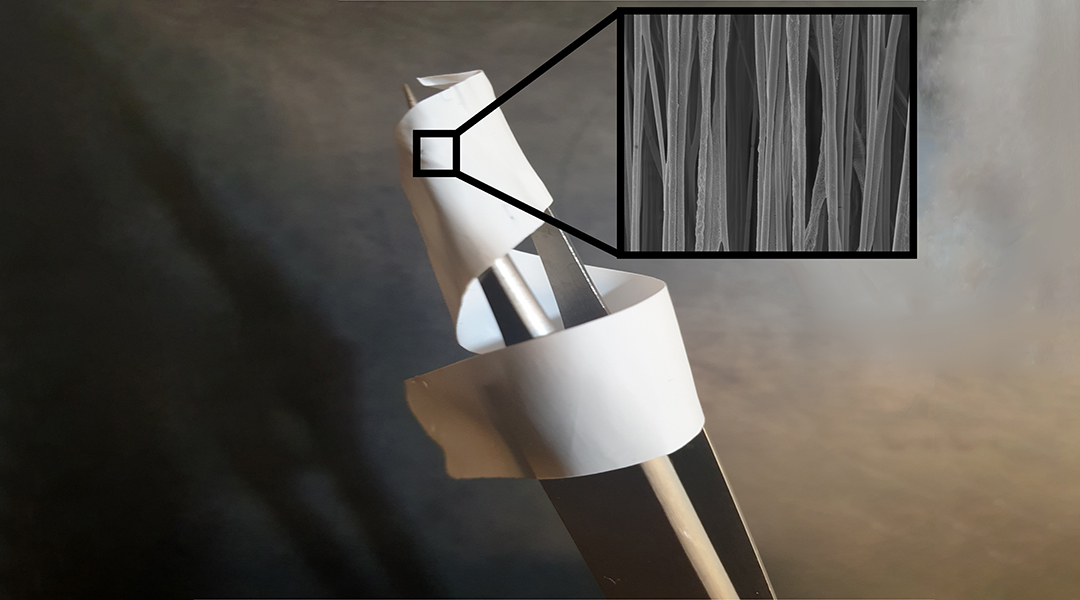
This implantable device acts as mechanical support for damaged tendons and mimics the bioelectrical cues usually provided by collagen during wound healing.
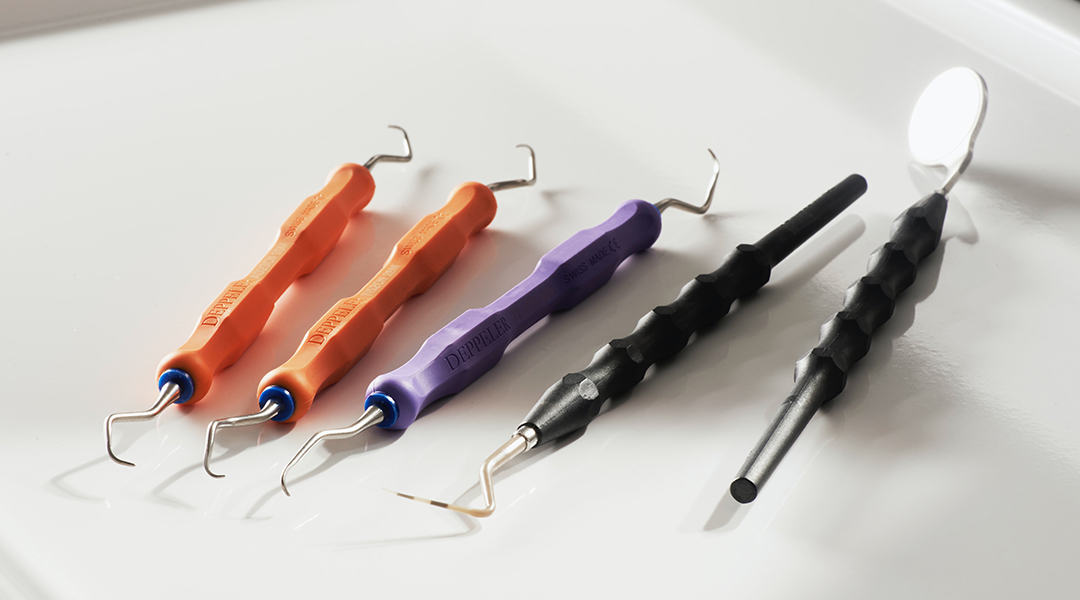
A charged microneedle patch for pain-free delivery of anesthetics could replace anxiety-inducing needles in dental work.
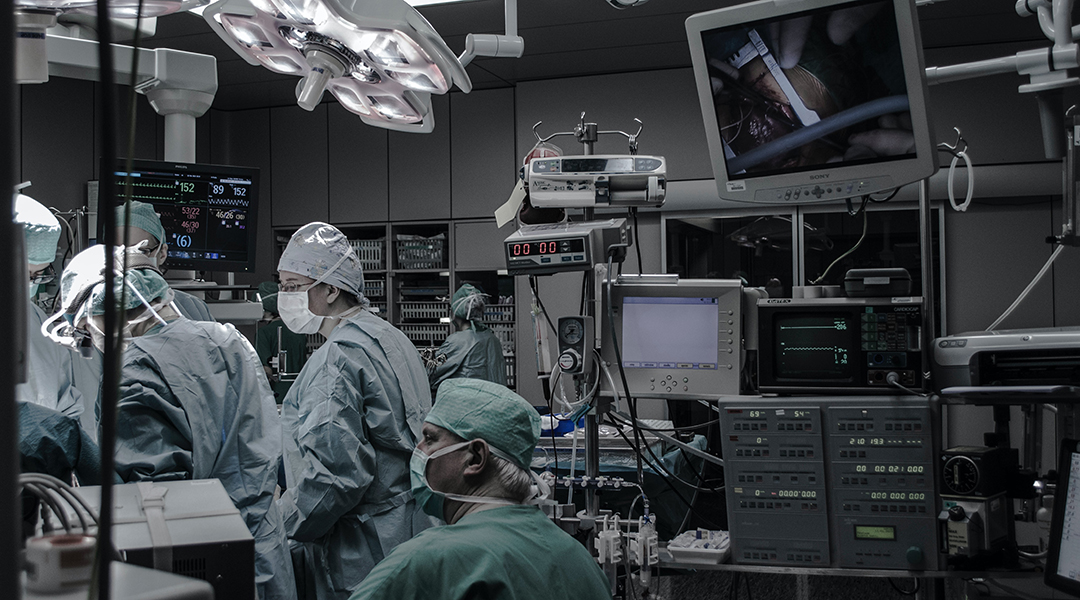
A lubricating coating minimizes tissue damage and the body’s immune response for safer, long-lasting implantable medical devices.

A pollen-based ink opens doors for advancements in 3D bioprinting.

A pioneer in preventative medicine well known for his isolation of the bacteria behind the bubonic plague, Shibasaburō helped establish our understanding of infectious diseases and made inroads into the first vaccines.